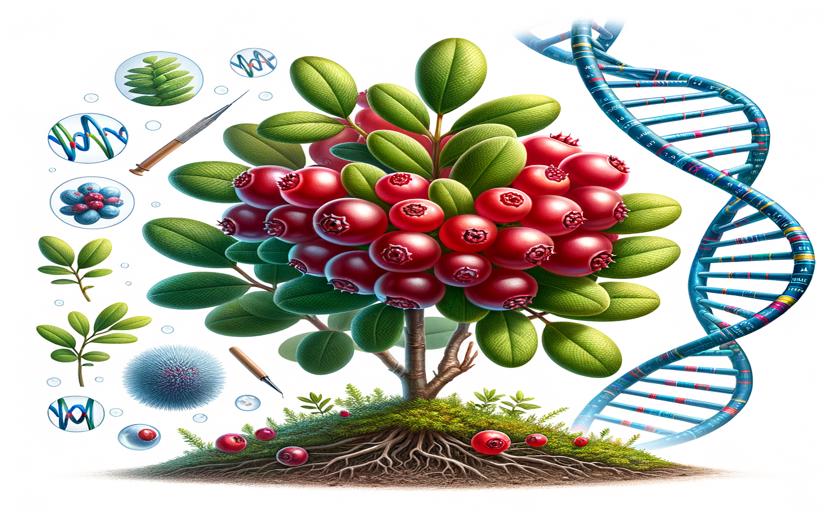
Exploring the Evolution of Lingonberry Through Genetic Mapping
Greg Howard
9th March, 2024

Image Source: Natural Science News, 2024
Key Findings
- Researchers sequenced the genomes of two lingonberry subspecies, revealing their genetic blueprint
- The study found lingonberries are genetically closer to bilberries and blueberries than to cranberries
- Genomic data suggest lingonberries' population has declined over the past 1-3 million years
GeneticsPlant ScienceEvolution
References
Main Study
1) Unveiling the evolutionary history of lingonberry (Vaccinium vitis-idaea L.) through genome sequencing and assembly of European and North American subspecies.
Published 6th March, 2024
https://doi.org/10.1093/g3journal/jkad294
Related Studies
2) Chloroplast genome assemblies and comparative analyses of commercially important Vaccinium berry crops.
3) The catalytic role of glutathione transferases in heterologous anthocyanin biosynthesis.
4) High-density linkage map construction in an autotetraploid blueberry population and detection of quantitative trait loci for anthocyanin content.
5) Autopolyploid inheritance and a heterozygous reciprocal translocation shape chromosome genetic behavior in tetraploid blueberry (Vaccinium corymbosum).



 6th March, 2024 | Jim Crocker
6th March, 2024 | Jim Crocker